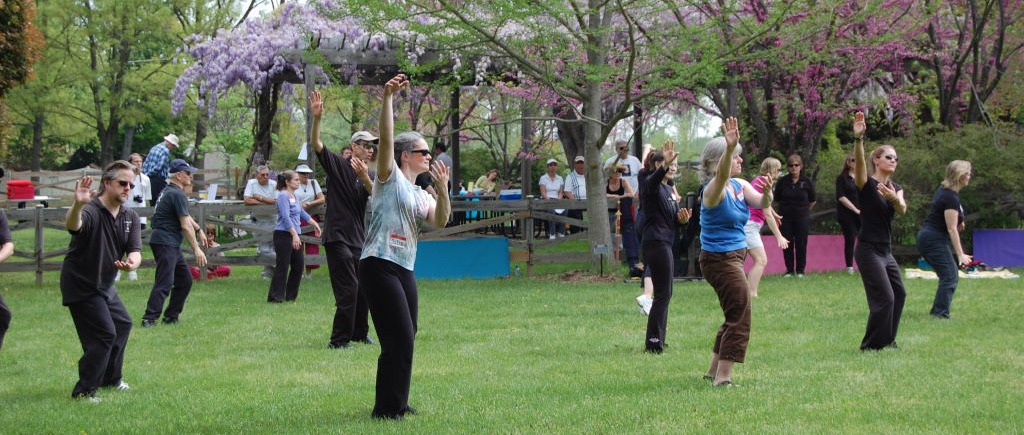What is Qigong?

The Definition of Qigong

“Qi” means life energy, or the life power that flows through all living things. “Gong” means “to work” or cultivate. Qigong, Chi Kung, or also known Ch’i Kung is literally translated from the Chinese ideograms as “cultivating life force or life energy.”
Since the Chinese language is based upon drawn symbols, translation into Roman characters has varied. Qigong is pronounced “chee gung.” See more about the spelling variations.
Qigong is a self-healing art that combines movement and meditation. Visualizations are also employed to enhance the mind/body connection and assist healing. Regular practice of qigong can: prevent and treat illness, reduce stress, establish balance, integrate mind/body/spirit, bring peace, help regain flexibility with slow, gentle, non-impact motions, improve blood circulation, and many other healing positives.
For health maintenance and relaxation, the Qigong practitioner does not have to be an expert. Almost anyone can learn to practice Qigong to maintain and improve his or her own health.
The Practice
A standard practice can take any where from 10 minutes to one hour. The required practice space is generally no more that an arm’s length space around the practitioner. The movements of Qigong are approachable to those who are in a weakened condition, yet they are still compelling to those who are athletic.
They are simple, in that they can be learned in a short period of time, but they are also complex in that one can spend a lifetime cultivating them. The movements serve to strengthen and tone muscles, encourage the proper alignment of the skeleton, improve the function of the organs, enhance mental acuity and balance the emotions. It is wonderful way to care for the whole self.
The art of Qigong consists primarily of physical movement, relaxation, breathing exercises, mind-body integration, and meditation. The objective of the exercises is to strengthen the Qi in the body and remove obstructions to Qi flow that may have developed due to injury, emotional states, diet, disease or other factors. Conversely, obstruction of Qi flow can also produce disease, emotional obstructions, and tension.
Practitioners develop, in time, an awareness of Qi sensations (energy) in their body and use their mind to guide the Qi. When the practitioners achieve a sufficient skill level (master), they can direct or emit external Qi for the purpose of healing others.
Around The World
In China, the collected knowledge about the therapeutic benefits of this system was developed over thousands of years. Medical Qigong is now practiced in clinics and some hospitals that integrate traditional Chinese medicine (TCM) and conventional Western medicine. In Western hospitals Qigong is among several complementary practices used including Taiji (Tai Chi) Therapeutic Touch, Mindful Meditation and Reiki.
This wonderful art is an excellent compliment to Western treatments for lowering stress and increasing the immune system and flexibility.
